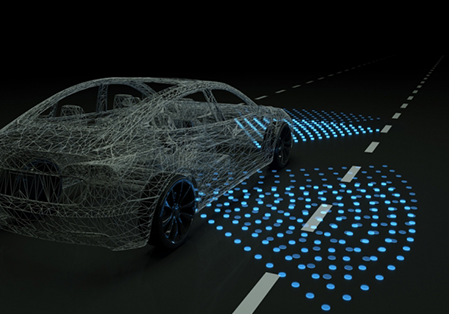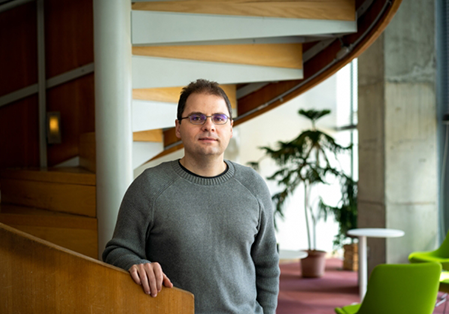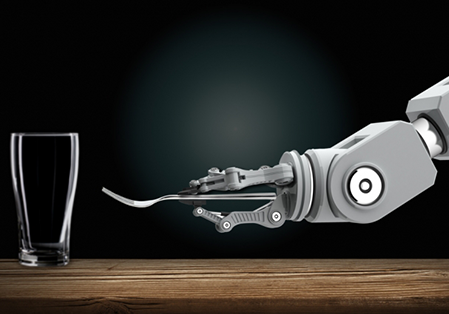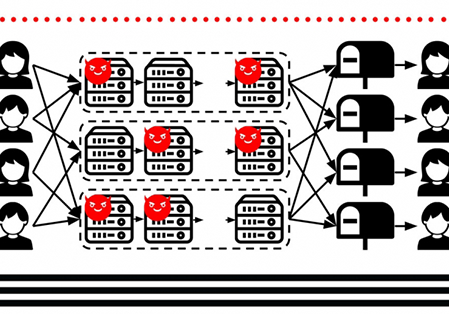Ligra is a lightweight framework for processing graphs in shared memory. It is particularly suited for implementing parallel graph traversal algorithms where only a subset of the vertices are processed in an iteration. The project was motivated by the fact that the largest publicly available real-world graphs all fit in shared memory. When graphs fit in shared-memory, processing them using Ligra can give performance improvements of up orders of magnitude compared to distributed-memory graph processing systems.
FALCONN is a library with algorithms for the nearest neighbor search problem. The algorithms in FALCONN are based on Locality-Sensitive Hashing (LSH), which is a popular class of methods for nearest neighbor search in high-dimensional spaces. The goal of FALCONN is to provide very efficient and well-tested implementations of LSH-based data structures.
The Virtual Glass software lets anyone, with any or no glass experience, design and visualize glass cane, and to get a sense of what that cane will look like on a blown piece, all on your computer (without lifting a pipe!). The goal is to allow the exploration of cane designs, especially new cane designs, and settle on a nice-looking design before going through the effort of making it.
Coauthor is a tool for group collaboration, discussion, keeping track of notes/results of meetings, etc. Its primary goal is to ease multiauthor collaboration on unsolved problems in theoretical computer science, so e.g. you'll find LaTeX math support; hopefully it will have applications in other fields too.






